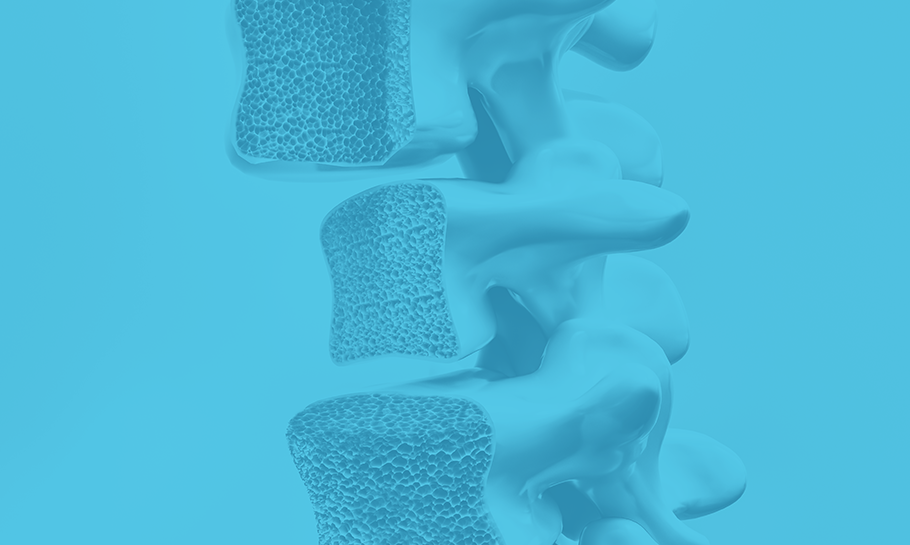Osteoporosis Related Spinal Fracture

One in two women age 50 and above will experience an osteoporosis-related fracture in their lifetime. Osteoporosis occurs when bones become fragile and are more likely to break. If left untreated, the disease can progress painlessly until a bone breaks. For example, if the break is along the spine, it may have serious consequences, including: loss of height, severe back pain and deformity.
How to treat a spinal fracture
We want to do everything we can to help you prevent a spinal fracture. That’s why it’s important to consider getting a bone density test, which measures your risk of developing osteoporosis and future fractures.
However, if a spinal break due to osteoporosis happens, Interventional radiologists can perform one of two minimally-invasive procedures known as kyphoplasty and vertebroplasty. Both outpatient procedures are used to treat painful compression fractures in the spine. In a compression fracture, all or part of a spine bone collapses.
Interventional radiologists use their imaging expertise to guide tools within the body to stabilize the collapsed vertebra and place bone cement into the spine.
- Kyphoplasty: The interventional radiologist places a needle through the skin and into the spine bone. Real-time X-ray images are used to guide the doctor to the correct area in the lower back. A balloon is placed through the needle, into the bone and then, inflated. Bone cement is then injected into the space to stabilize the fracture.
- Vertebroplasty: The interventional radiologist doctor places a needle through the skin and into the spine bone. Real-time X-ray images are used to guide the doctor to the correct area in your lower back. Bone cement is simply injected into the space to make sure that the bone is stabilized. This procedure is similar to kyphoplasty, but it does not inflate a balloon in the bone.
After either procedure, it’s best to stay in bed for the first 24 hours, except to use the bathroom. The next day, you’ll slowly return to your regular activities. Avoid heavy lifting and strenuous activities as directed by your physician.